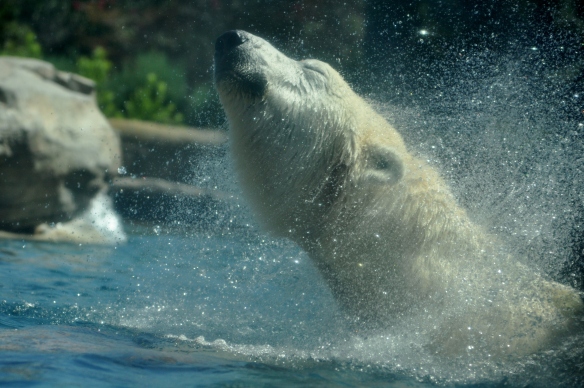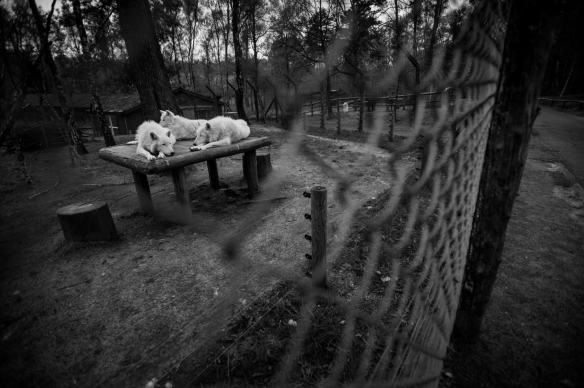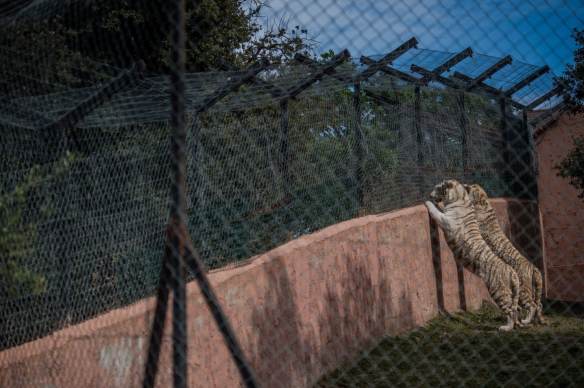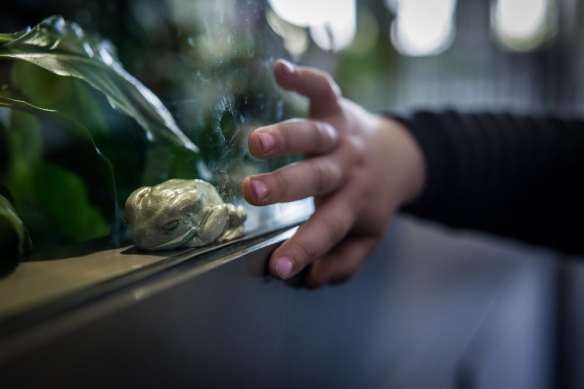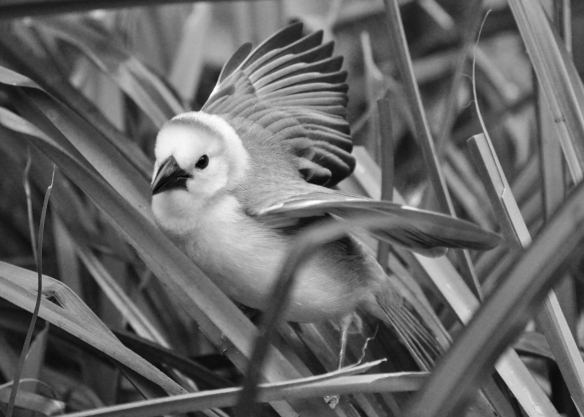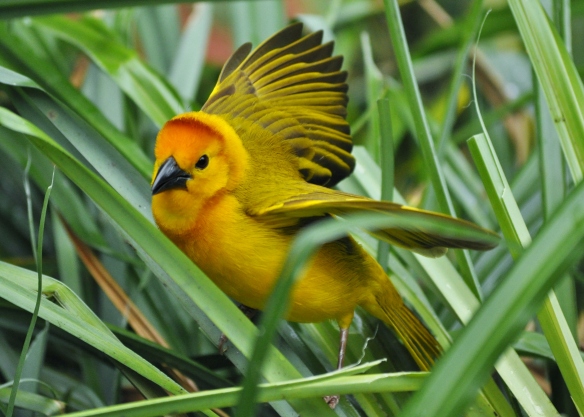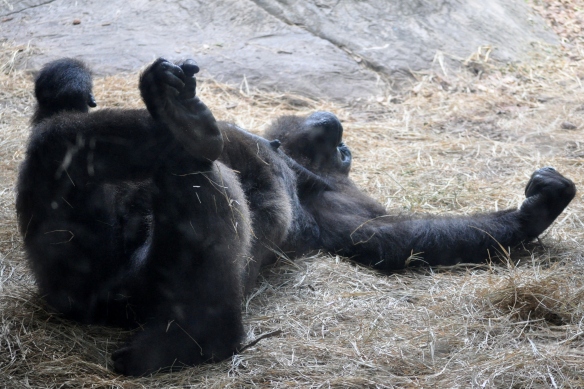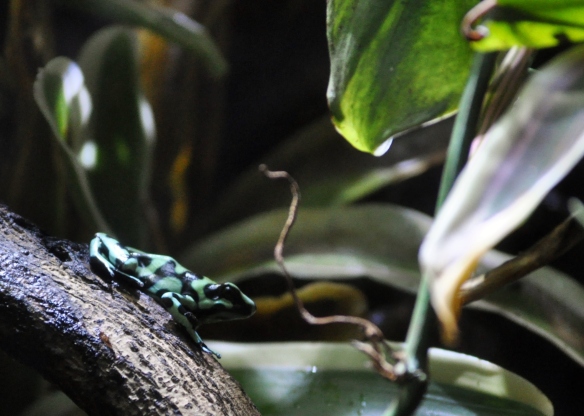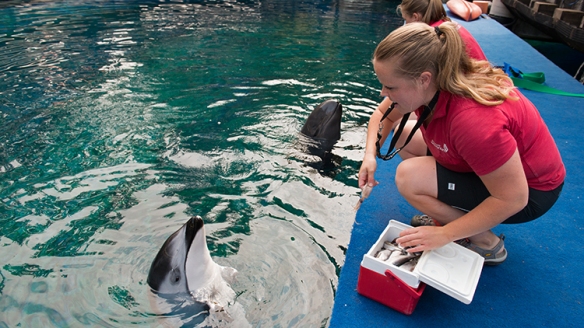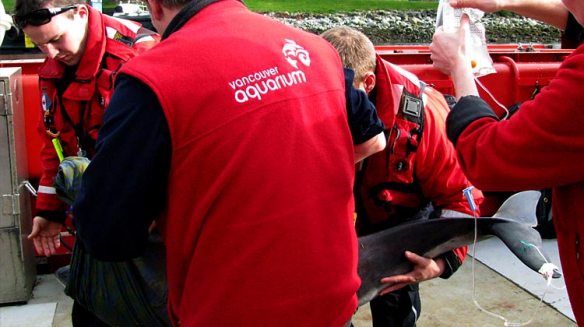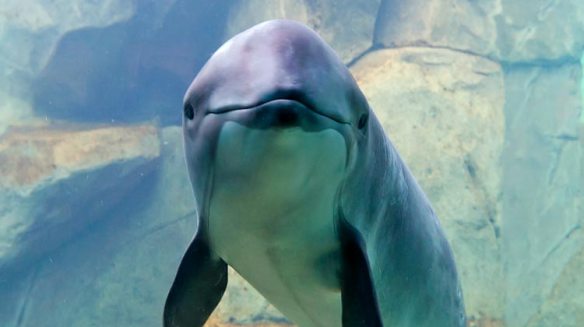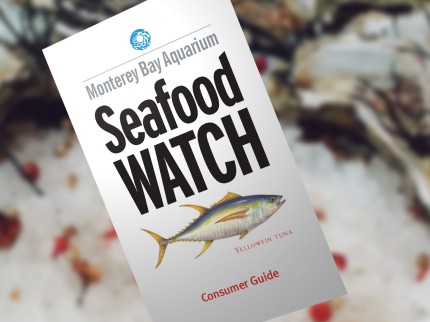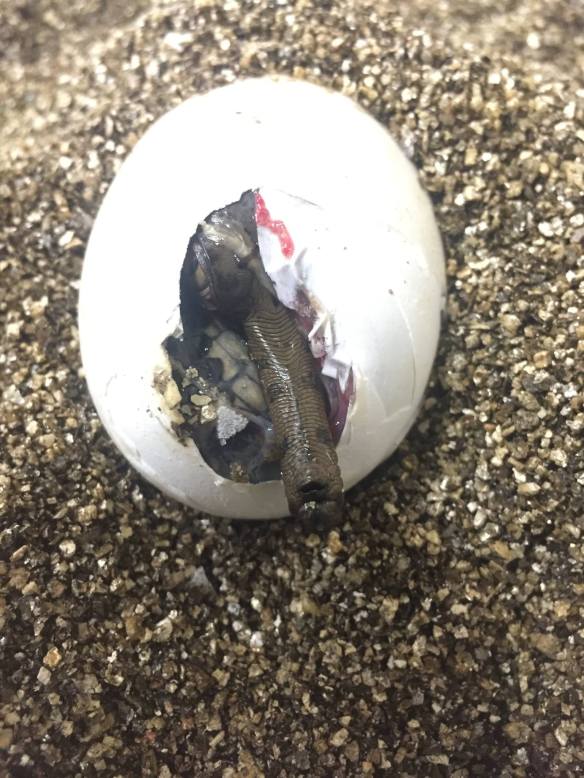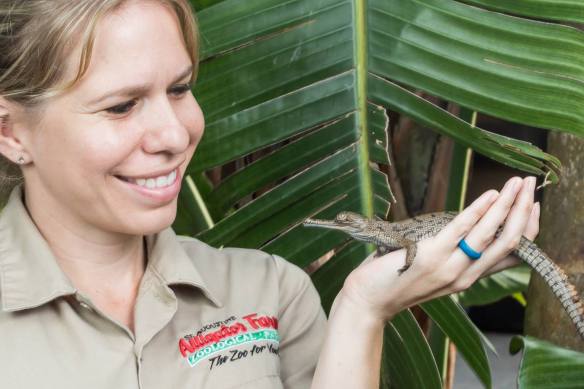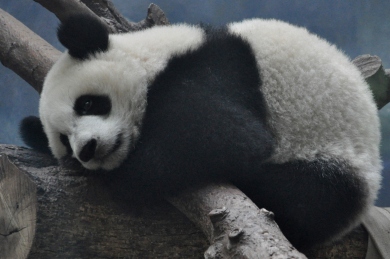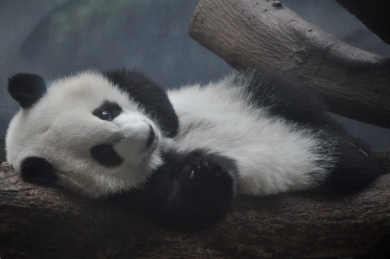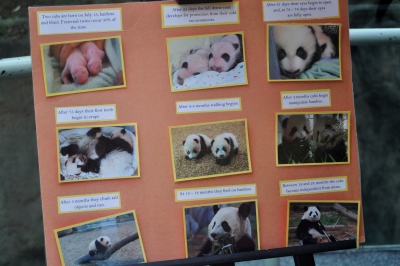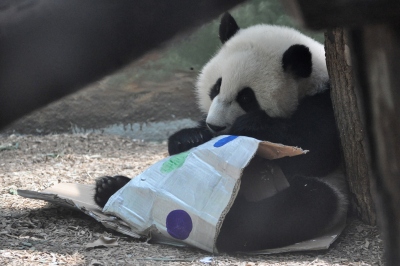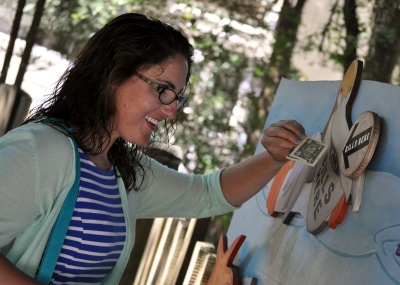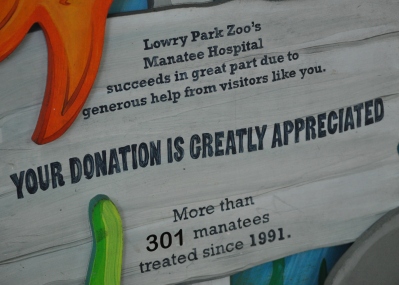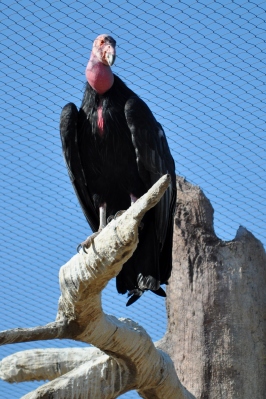Estimated to be no more than four weeks old, a beluga calf was found stranded in Alaska’s Cook Inlet alone on September 30th. With no adult whales in sight, after an unsuccessful attempt to encourage the little male into deeper water and an assessment from Alaska SeaLife Center’s Director of Animal Health, Dr. Carrie Goertz DVM, the decision was made to move him to Alaska’s only permitted marine mammal rescue center: the Alaska SeaLife Center.
Currently also caring for two rescued sea otters, two harbor seals, and an orphaned walrus calf, Alaska SeaLife Center’s animal care staff is experienced in rehabilitating marine animals. They literally work around the clock, regardless of the conditions. Whether late into the night, in freezing temperatures, throughout the day, or stretching over holiday weekends, the veterinarians and care staff have an important job: do everything they can to give their patients a second chance.
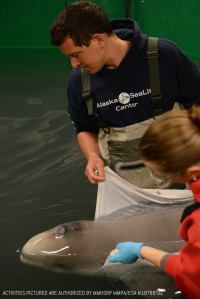
(Image from Alaska SeaLife Center’s Facebook Page)
For the recently rescued beluga calf who is already swimming on his own, that means keeping watch and recording his behavior 24-hours a day, hydrating him with an electrolyte solution every two hours, and just as regularly feeding him formula that replicates the nutrition he should be receiving from his mother’s milk. It also means calling in other professionals from around the continent to ensure the best possible chance that the little whale recovers. In just a few short days, experts from SeaWorld, Vancouver Aquarium, Shedd Aquarium, Mystic Aquarium, and Georgia Aquarium flew to Alaska to assist.
The update provided by the Alaska SeaLife Center on their Facebook page on October 6th also mentioned that the beluga is strong enough now for veterinarians to begin to look for underlying health problems. Blood samples, various images, several cultures, and more diagnostic tests will be ordered, collected, and analyzed in the coming days and weeks in an attempt to understand why the calf was orphaned and stranded in the first place.
The Alaska SeaLife Center, a zoological facility accredited by the Association of Zoos and Aquariums, will continue to be important in this little one’s treatment and rehabilitation. But, even before he stranded, zoos were already playing a major role in his rescue and recovery.
Resident animals in zoos and aquariums help animal care specialists and veterinarians understand the behavior and physiology of their species. It is no coincidence that the individuals invited to Alaska to contribute to the care of the rescued beluga at the SeaLife Center are members of teams that have worked extensively with belugas within their care.
Beluga whales at SeaWorld, Georgia Aquarium, Mystic Aquarium, Vancouver Aquarium, and Shedd Aquarium have been taught to voluntarily participate in healthcare sessions, also known as husbandry sessions, through positive reinforcement.
Animal care specialists from the facilities listed above have trained belugas to offer behaviors that allow veterinarians to collect blood samples, gastric samples, blow/breath cultures, ultrasound images, fecal samples, urine samples, and more. This data collected from several animals across multiple facilities allows researchers and veterinarians to create a ‘baseline’ which depicts the normal levels of white and red blood cell count, cholesterol, bacteria, stomach acids, hormones, etc. for healthy beluga whales.
When a rescued animal is brought in, like in the case of this Alaskan calf, veterinarians are only able to properly diagnose him because of the information previously collected and studied. After analyzing his blow cultures, the radiographs and sonogram images of his intestines, lungs, and bones, and running a full blood panel, they will compare and contrast his results with the baseline data collected over many years in order to accurately understand what ailment he has and how to treat him successfully.
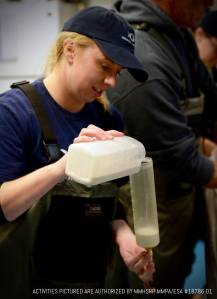
(Image from Alaska SeaLife Center’s Facebook Page)
During his rehabilitation, he will continue to need the electrolyte solution and specialized formula as a milk substitute until he is old enough to eat fish on his own. Mind you, the perfect formula for a barely-month-old beluga calf is not found in a convenient powder on the shelf of a grocery store. Instead, the recipe had to be produced and shared among zoological facilities.
In order to create said recipe, veterinarians studied the milk of pregnant and nursing female belugas in zoos and aquariums, noting fat content, proteins, antibodies, and immunoglobulins.
When new calves are born, their animal care staff members tirelessly begin recording how often they breathe, how many times the calves nurse from their mothers each hour, and for how long they latch on during the periods of nursing. They take daily, or weekly, or monthly measurements as the calves grow, keeping track of their lengths, girths, and overall weights, giving the scientific community an inside look at accurate beluga growth rates. They note when their teeth erupt from their gums, when they begin to eat fish for the first time, and then when they consume it consistently and are considered fully weaned, allowing scientists to understand the behavioral patterns of young animals.
It is all of this information combined along with the dedication of the zoological professionals currently caring for him that gives this little beluga that stranded in the Cook Inlet in Alaska the best chance at surviving.
And this example is just one of thousands. The same can be said for black bears and bobcats orphaned by hunters, for opossums and foxes hit by cars, for sea turtles and manatees maimed by boat propellers, and eagles and hawks sickened by lead poisoning. Through the commitment of veterinarians, researchers, and animal care professionals both past and present, rescued animals receive a second chance at life.
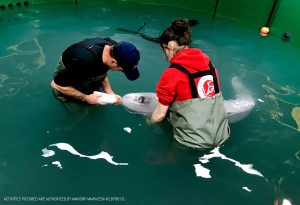
(Image from Alaska SeaLife Center’s Facebook Page)
On his way toward his own second chance, this beluga calf still has many obstacles to overcome and so the public is reminded to remain cautiously hopeful as so much about his future is unclear.
But, this is certain: without the knowledge of the zoological professionals privileged to have worked with belugas elsewhere and the efforts of the Alaska SeaLife Center team members today, this little whale would already be gone.
Instead, he is in the hands of world-renowned rescuers. For this reason, he stands a chance. Good luck to the little whale and to all of those dedicated to his care. Best wishes for his future.

